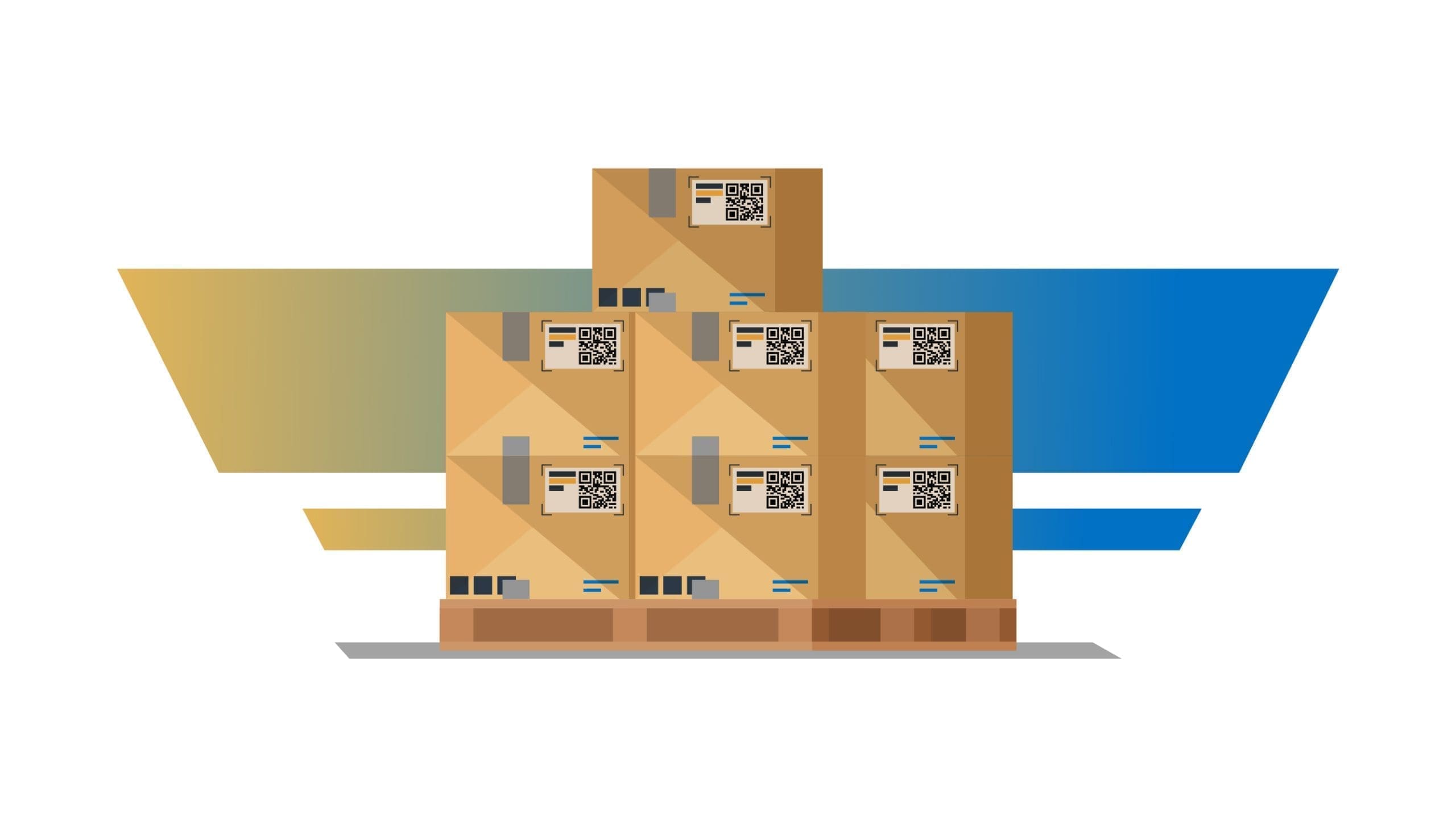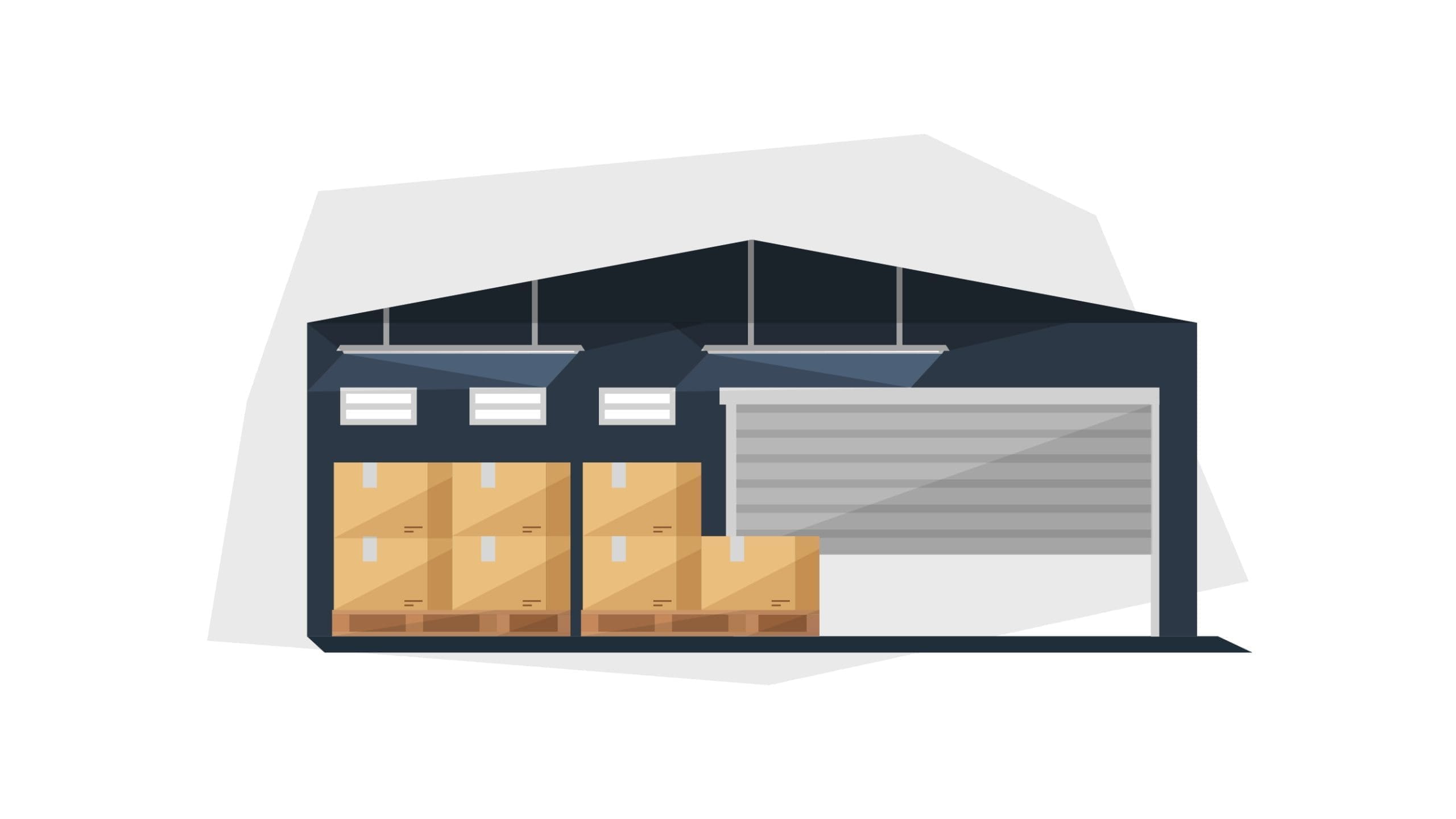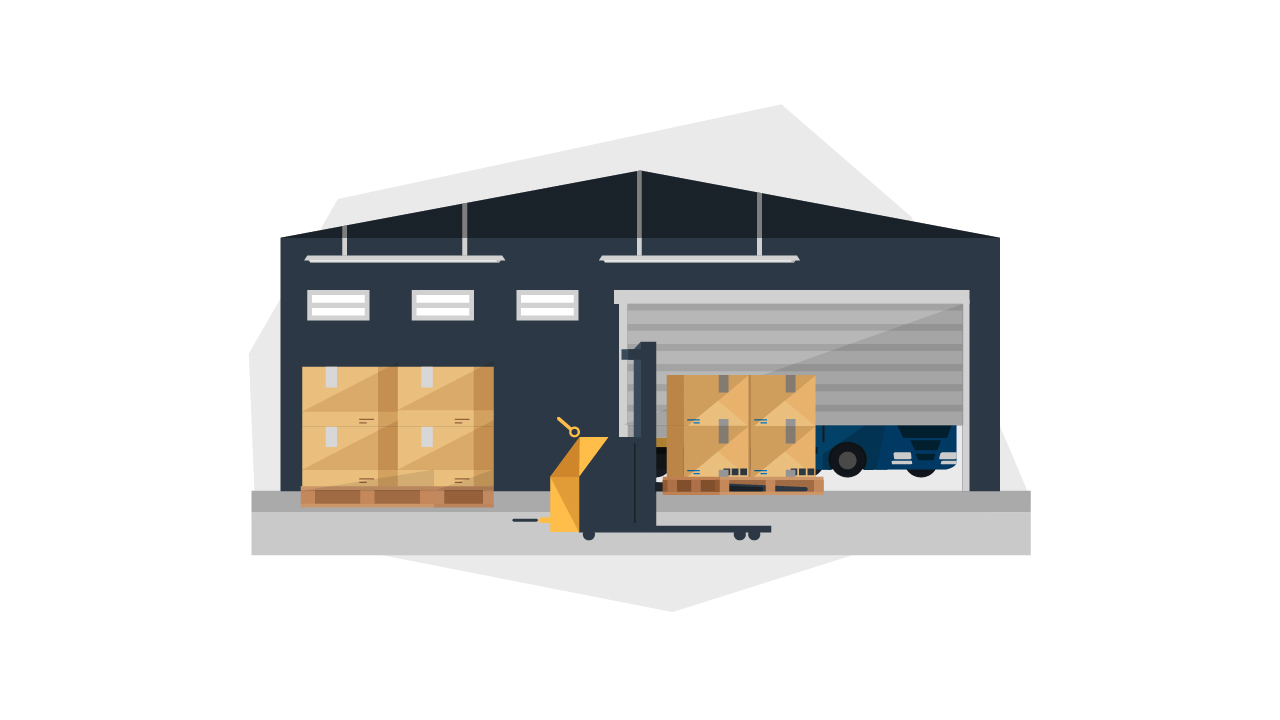
Everything You Need to Know About Prepping and Managing FBA Shipments

Amazon requires vendors to follow specific guidelines to sell their products on its platform. You need to ensure Amazon-compliant packaging, labels, and dunnage if you want your products to reach Amazon’s fulfillment centers.
One of the big challenges for eCommerce sellers is finding the best materials and methods to prep their items for different fulfillment networks. They need to deliver to a wide customer base across (ideally) multiple sales channels without breaking the bank or compromising their brand.
Finding warehouse space, processing orders and returns, and shipping to consumers is often time-consuming. Any setbacks can impede the business’s ability to scale up and meet their customers’ demands.
Fortunately, Amazon’s FBA service allows business owners to specialize in selling while Amazon handles everything else. We’ve laid out the ins and outs of FBA’s shipping guidelines, some tips to prep your items for FBA, how to manage your FBA shipments, and why you should consider using an FBA prep service.
What is Fulfillment by Amazon?

Business owners who sign up for Fulfillment by Amazon (FBA) can benefit from Amazon’s warehousing, shipping, and customer service setup. Sellers pack and ship their inventory to an Amazon fulfillment center. Amazon handles the pickup, packing, and transportation of merchandise, along with providing customer service.
Amazon FBA does not require a minimum on the amount of units sellers can ship through them. Sellers pay as they go, and are charged just for the orders that Amazon fulfills (as well as a fee for storage space). Leaving the order fulfillment and shipping processes to Amazon frees up a lot of time and resources for smaller businesses to focus on marketing and selling their products.
The FBA advantage
Selling on Amazon is a must for eCommerce merchants. Sellers who ship products through FBA enjoy the benefits of Amazon’s infrastructure. It makes products available for Prime shipping and broadens access to customers throughout the United States, Canada, and Mexico. Also, orders are managed through an easy-to-use online interface for clear communication.
How to package items for Amazon FBA

Doing business through FBA means vendors must meet Amazon’s packaging standards. Sellers should use the right shipping and labeling supplies before directing their products to fulfillment centers.
Here are some tips to help you avoid the most common Amazon FBA prep mistakes we see:
- Your labels must be clearly legible so warehouse workers can easily segregate products.
- Items sold as a set like books, shampoos, conditioners, and toys have to be marked explicitly on their packaging with a label that reads “Sold as Set” or “Do Not Separate.”
- Sellers must also label any perishable items with the expiration date on the packaging.
- When shipping glass items, like jars or bottles, we recommend adding a fragile label.
- When it comes time to box items, everything must be contained within one secure package. Boxes should be securely closed, with openings or lids firmly sealed — we recommend tuck top boxes for added security. Glue or tape can also be used to keep boxes closed.
- Boxes must not collapse when pressure is applied to any of the edges, so sellers might want to think about using heavy-duty corrugated boxes for safer shipments.
Your specific SKUs may need special packaging, unique dunnage, or something else not covered above. Learn more about how MyFBAPrep can take the prep work off your hands.
How to manage FBA shipments

Once you’ve completed your prep work, it’s time to start on your FBA shipments. Luckily, this can be done from the comfort of your home.
The goal of creating and managing FBA shipments is to get your merchandise into Amazon warehouses across the country.
Did you know over 175 operating fulfillment centers are available in the US? This is how Amazon can process tens of thousands of merchandise and offer free two-day shipping to Prime customers.
It’s not difficult to create a new shipping plan; managing your inventory, labeling products correctly, prepping merchandise, and ensuring you meet all of Amazon’s guidelines can be. Working with a reliable prep service avoids time-consuming merch mix-ups and service fees, as well as potential risks to your account.
How long does it take FBA to process shipments?
Once an FBA shipment has been delivered to an FBA center, it normally takes 2 – 6 days to process. If within 6 days your shipment is not showing as checked-in or gone into receiving status, check with your carrier to ensure it was delivered. However, there are a number of factors that can also extend this time frame such as seasonal delays, errors in the packaging process, missing shipments, and staffing issues within the fulfillment center.
How FBA prep services can help your eCommerce business

An effective business strategy needs to cover all aspects of online selling, from marketing to shipping. FBA gives Amazon sellers an efficient way to fulfill items, but what about everything else? Here’s where FBA prep services come to the rescue.
How FBA prep services work
Most individuals who sell online would rather direct their energy toward managing the business than assembling boxes. With an Amazon FBA prep service, you can outsource storage, preparation, labeling, and any other tasks to ensure your items comply with the FBA network requirements.
Business owner responsibilities
Utilizing FBA services can take a heavy burden off your shoulders, but there are a few things you’ll still be responsible for. Keep these three important factors in mind as you consider third-party help.
- Know your product – You’ll need to keep a close eye on your SKUs to identify which ones are best sellers, and which run the risk of becoming stale stock. Don’t waste money on warehousing and prepping too many items that don’t sell as quickly.
- Stay in stock – While it’s a good problem to have, selling out your inventory may cause marketplace suspensions and loss of sales. Your rankings may fall, and your customers will buy from your competitors instead.
- Perfect your customer acquisition – eCommerce sales rely on more than strict marketing; you need to optimize your listings, refine your funnels, and reach your ideal customers on the channels they prefer. Great items will sell, but only if people know about them.
What you can outsource to an FBA prep team
Effectively outsourcing your FBA prep allows you to scale your online business to levels you may not have thought possible. Using Amazon FBA and a prep service to manage FBA shipments has a number of advantages:
- A hassle-free way to run an eCommerce business – Once your items are successfully accepted into the Amazon network, FBA will handle all the fulfillment work for you. Do what you love most — running your business — without worrying about processing and shipping orders.
- Take advantage of the brand – It’s no secret Amazon is the top dog in online buying, and customers are continuing that trend. As of 2021, there are more than 200 million Amazon Prime members worldwide, according to Statista. These consumers are willing to pay for extra access to Amazon services, because they know items will reach them quickly and safely.
- Offer customers fast shipping – Having the product at your doorstep in two days with one click is hard to beat, which is exactly what the FBA network provides on your behalf.
- Outsource customer service – Being a successful business owner is also about keeping your customers happy, and FBA services have this covered. If a buyer is unsatisfied with their item, Amazon provides 24/7 customer service, saving you valuable time.
Wrapping up how to manage your FBA shipments
Going through FBA enables companies of any size to take advantage of Amazon’s vast fulfillment network to get items to customers. While an FBA prep service adds an expense, it saves you in the long run through time and operational costs. Merchants also won’t have to worry about processing refunds, breaking down boxes, or sourcing packing peanuts.
Using FBA and FBA prep services to manage your shipments can help you focus on growing your business while your operations run seamlessly in the background.
